Hi, I'm Bryce and I'm here to get you all geared up for your climbing aspirations! I got my start in sport climbing at Smith Rock in Oregon and have built a lot of my experience in Red Rock Canyon just outside of Las Vegas and in the North Cascades of Washington where I instructed for the Northwest Outward Bound School. Whether you are getting out in the Big Chief and Lover's Leap areas around Tahoe or you are exploring your own neck of the proverbial woods in your first ventures outdoors from the climbing gym, we here at Alpenglow Sports want to get you set up to explore in confidence!
The Alpenglow Sports climbing philosophy rests on three pillars: Experience, mentorship, and community. We use those three pillars to help make gear recommendations that are bigger than any one staff member and broadly applicable to climbers in the Sierra and beyond. It is because of this foundation that we can confidently say that the following are our recommendations for a single-pitch sport rack.
Our Belay Devices
I think it is valuable to have both devices (GriGri and guide ATC-type device) because the GriGri does not do a double-strand rappel. If you had to pick one, the guide ATC is the one. Also, the biggest difference of the GriGri+ and the GriGri is that the GriGri+ has an "anti panic" feature when the handle opens to certain point that reengages the camming device - this is great for reducing the likelihood of lowering in a fast and unsafe manner, but can lead to a jerkier lower due to the device grabbing the rope as it locks up again. There is also a setting on the + that is adjustable between lead belaying and top rope belaying that changes the sensitivity of the camming device so it pays out slack easier in "lead belay", and grabs more in "top rope belay". Turning the dial for this setting is finnicky, and lead belaying while in top rope mode is definitely less than ideal. I believe that it is better in the long run for a new belayer to learn better practices with the GriGri than to rely on the additional features of the GriGri+ to fill in the gaps in less-practiced techniques. With that being said, both devices do what they were designed for remarkably well.
Quickdraws (x12)
The Djinn Axess quickdraw is the best value draw from Alpenglow Sports. The other consideration besides length with quickdraws is what kind of carabiners are being used. Wiregates are lighter, but have a nose that can hook on the rope more compared to keylock (solid gate with a cutout for the nose to slot into). The Djinn uses two keylock carabiners.
Many climbers would get a 6 pack of a second length of quickdraw, though that's not critical. I like having two different lengths of quickdraw to account for more wandering routes. This really isn't a big deal, and I have plenty of friends that just have a full rack of one type.
The Phantom Quickdraw is a lightweight option more geared toward alpine climbing in settings where there are mixed trad/bolt routes. The downside is that the skinny dyneema dogbone allows the draw to twist more, which makes it more difficult to clip the rope to while leading.
Locking Quickdraws (x1)
Having a locker draw opens up an efficient and anchor option when sport climbing. Paired with a quickdraw at the top bolts so the bottom carabiners are opposite and opposed, you get the quick deployment of two quickdraws with the added security of locked carabiners in an anchor that you and your partners can feel comfortable top roping on. On the CAMP Locker Draw KS, CAMP’s lightest locking carabiner - the Photon Lock - is paired with the Nimbus Lock that has a particularly rounded shape for an HMS carabiner to provide smooth running for your rope.
Personal Anchor System
Personal anchors are a topic where if you ask 10 people, you'll get 11 opinions. Of the pre-made options, I think the most versatile is the Petzl Connect Adjust as its length can be adjusted without unclipping the carabiner.
My personal method of choice is to clove hitch in with the rope. Simple, efficient, and adjustable. It does take a little practice, and there are sometimes situations when it isn't an ideal method so it's always good to have multiple techniques/options (that goes for most climbing systems really, if something is going to work 90% of the time you need something else for the last 10%!).

The Best Friction Hitch
My Hollowblock does not leave my harness. It is the best sewn friction hitch that I have used - nice and grippy on any rope 7mm or thicker even if the weather comes in a few hours early (or you’re on the wall later than planned) and you’re rappelling on a wet rope. I use the Hollowblock tied in a prusik, autoblock, or kleimheist hitch as a third hand while rappelling, ascending a rope, or paired with a pulley as a progress capture device. A must-have!
I like to have two third hand options on my harness all the time so I am not screwed if one gets dropped. To ascend a rope, you also need two methods of moving up, so even if I have a HollowBlock I will carry two third hands.
Typically, cord for a third hand should be at least 2mm thinner than the diameter of the rope in order to get good "bite" from the friction hitch. Thicker than 6mm is difficult to work with (thick = less supple), but cord loses strength quickly as it gets thinner.
Pear-shaped Locking Biners (4x)
HMS stands for "Halbmastwurf sicherung". That's German for "carabiner designed to work well with a munter hitch". In normal English, that means ropes run over these pear-shaped carabiners well. HMS carabiners are the ones to use as the master point in a top rope anchor, or while belaying or rappeling with an ATC. They are also relatively spacious carabiners, which makes them valuable in multipitch anchors where clipping space is at a premium. When I use the rope as my tether, I tie a clove hitch on an HMS carabiner that is clipped (and locked!) into the anchor.
Most of the locking carabiners I use rock climbing or in alpine contexts are the Petzl Attache. In this latest iteration, the wide side of the pear-shaped carabiner is round stock while the rest remains I-beam similar to the last version while shrinking the size slightly. The round stock side provides a smoother run for the rope when being used with a tube- or plate-style belay device or when utilizing a munter hitch, while the I-beam gives us some weight-saving. The Attache has great clearance when the gate is open so it is easy to clip and unclip, and the carabiner is spacious enough to receive all that you desire to attach(e) to it!
D-Shaped Locking Biners (4x)
D shaped lockers are used to connect things. While HMS carabiners can be used for pretty much anything a D locker would be used for, the D lockers tend to be smaller and lighter. Primary uses are clipping an anchor to bolts. I also use a D-locker on my third hand when rappeling.
Especially with D and nonlockers, I do think it is important for folks to figure out which actions and sizes they like by trying out carabiners. That might not be huge for people that are newer, but I can definitely tell if I will or will not like using a carabiner on the wall based on how it feels in my hand to open and close the gate, and to lock and unlock it.
Dyneema Slings
3x 60cm
2x 120cm
1x 180cm
Use your 60cm slings to make your own alpine draws, or buy them pre-made.
A "double-length" 120cm sling can be used as rappel extension or personal tether.
A triple length (180cm) sling can be used as a second bundle of anchor building material. The sling is already in a loop so it is quickly applied in many situations that cordelette is used in a tied loop. To increase anchor building efficiency with sport multipitch, one of these can be pre-rigged as a quad anchor that only needs to be clipped to the bolts.
120cm Nylon Runner
The conversation between nylon and dyneema in slings in an intersetingly nuanced one that honestly doesn't often turn in to a big deal. Nylon is heavier but has a little stretch to it. Dyneema is lighter, but has very little stretch and as a result is susceptible to damage through shock-loading in some situations. The most common one is when you're at an anchor while tethered, reaching up above your attachment point so there is some slack in the tether, and then your foot slips. The impact on the tether from a slack position is called shock-loading, and that is one of the worst ways to load any soft good. The slight stretch of nylon makes it more resistant to damage through shock-loading, much like a dynamic climbing rope stretches to absorb impact on a lead fall. you could replace one 120cm dyneema sling with this 120cm Nylon Sling.
20-25ft 7mm Cordalette
A cordelette bundle is the most versatile anchor building material, though having untied ends can get in the way of efficiency. In sport climbing, it is far less common to need the ability to make an anchor with a single strand, BUT it is always good to have some spare material in case shit hits the fan. I utilize cord in anchors the most in trad/alpine climbing, but I carry it all the time.

Bonus: The "Oh Shit" kit
What would you need if shit hit the fan? Start with one D locker and add what you can! Here are some suggestions. The Gigi Belay Device is a simple, lightweight plate-style belay device. It functions very similarly to guide ATC type devices. I carry this as a backup belay/rappel device. It also makes belaying two followers dramatically easier compared to the increased friction of an ATC because two ropes run much easier through this device than an ATC. CAMP also makes the OVO which is essentially the same exact thing.
The important thing about the "Oh Shit" Kit is that it remains compact - it all should fit on one carabiner. This carabiner can be used to rappel off of if you have to improvise a rappel station, and some people even carry a single rappel anchor ring or steel quicklink to use instead of sacrificing a carabiner. I also add my Hollowblock to my kit as it does make ascending the rope and mechanical advantage systems easier than using a friction hitch, though the friction hitch works.
I think it is important to add in a rope knife that can clip onto the carabiner, something like the Petzl Spatha. This enables you to cut cord to length for a bail anchor and remove ruined, sun-bleached rappel anchor material if needed. Most importantly, you MUST have a tool to cut cheese and other tasty bits for your crag charcuterie board!



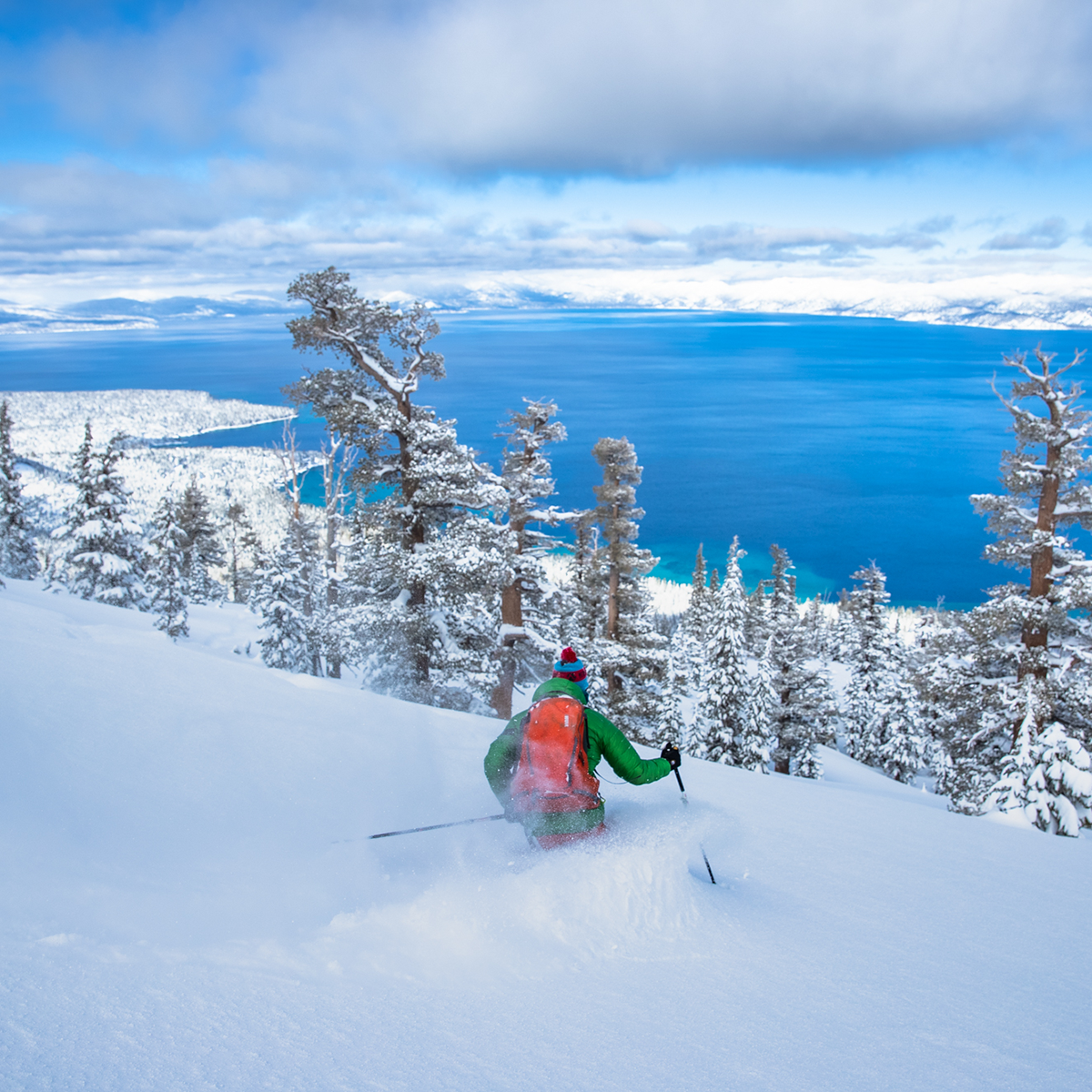
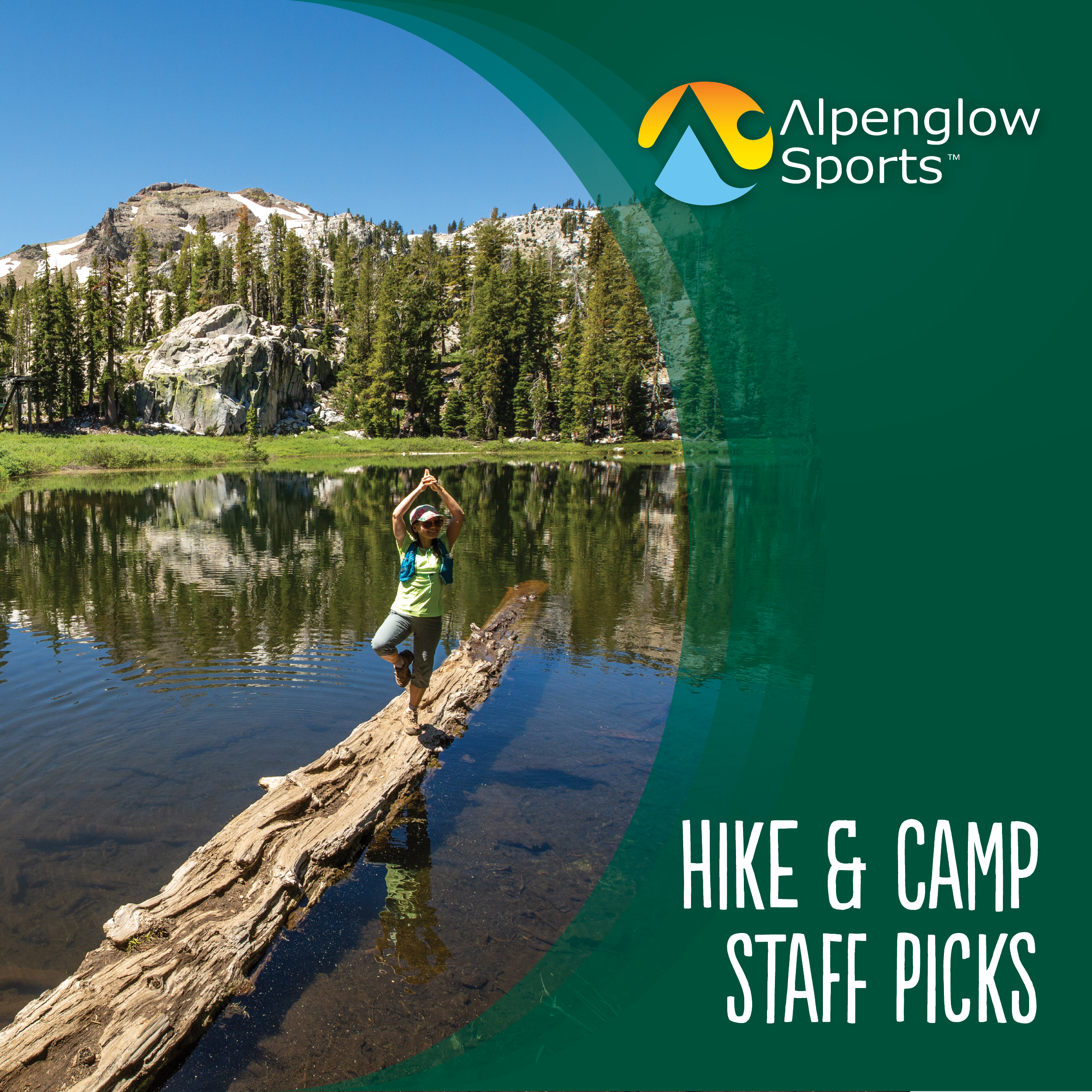
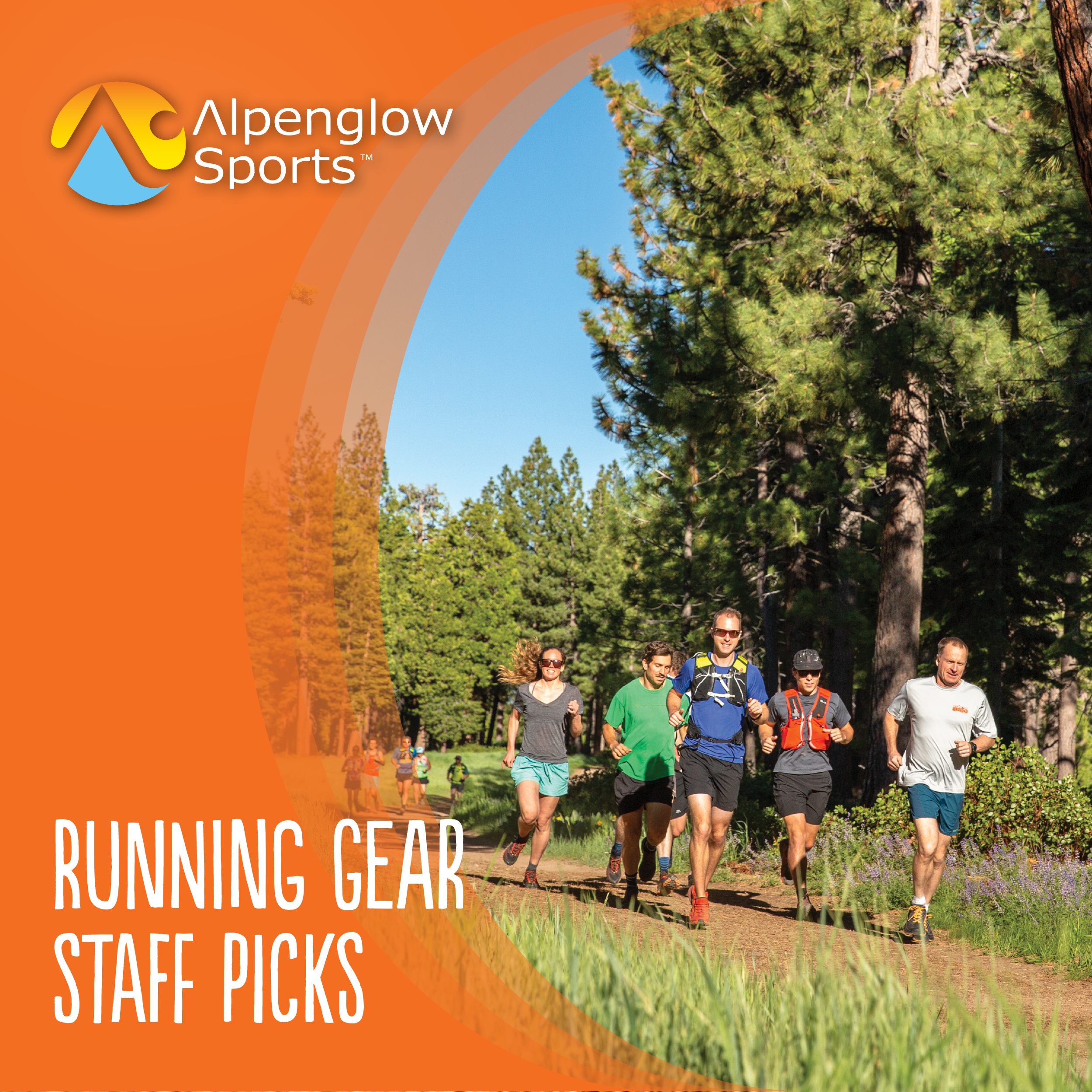
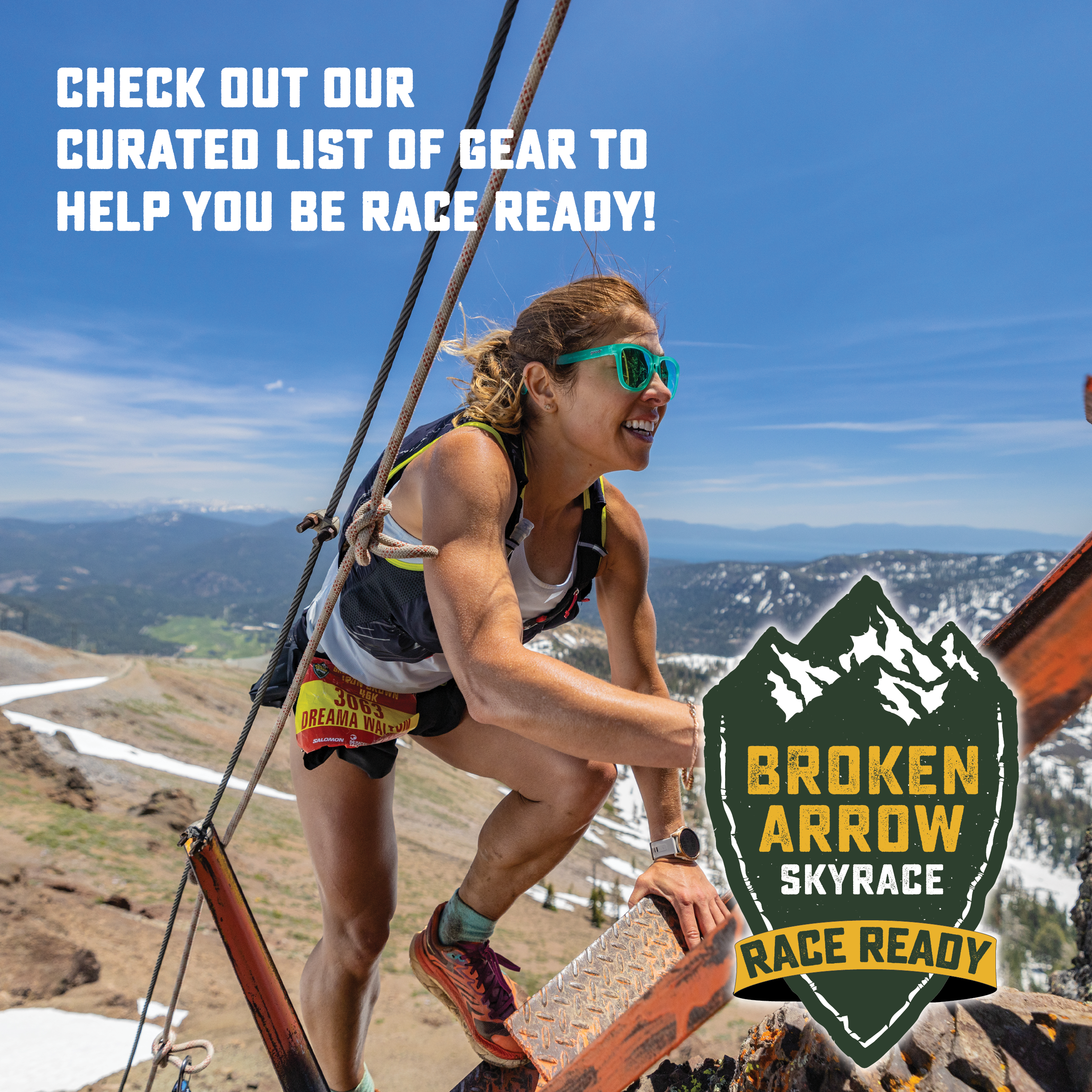
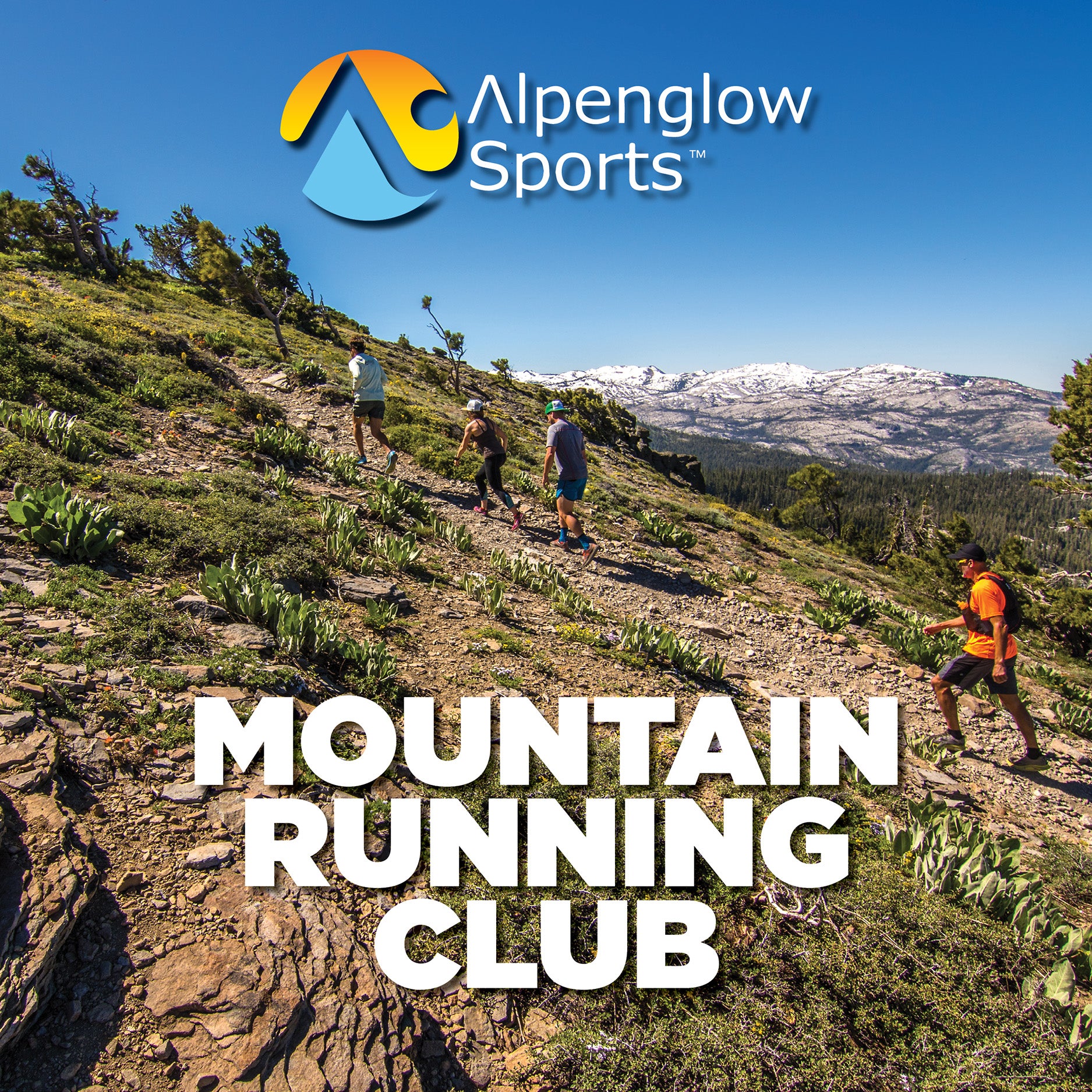
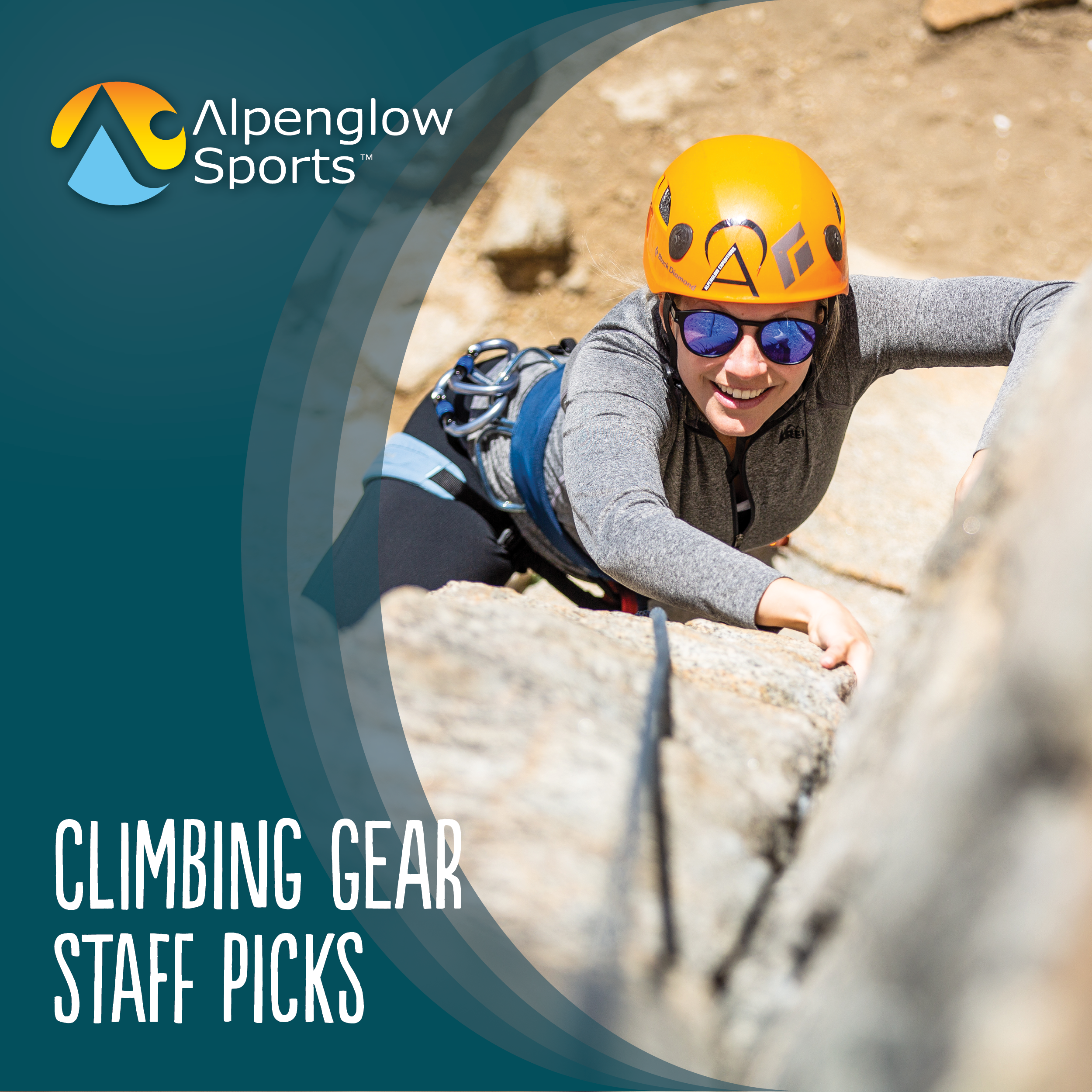
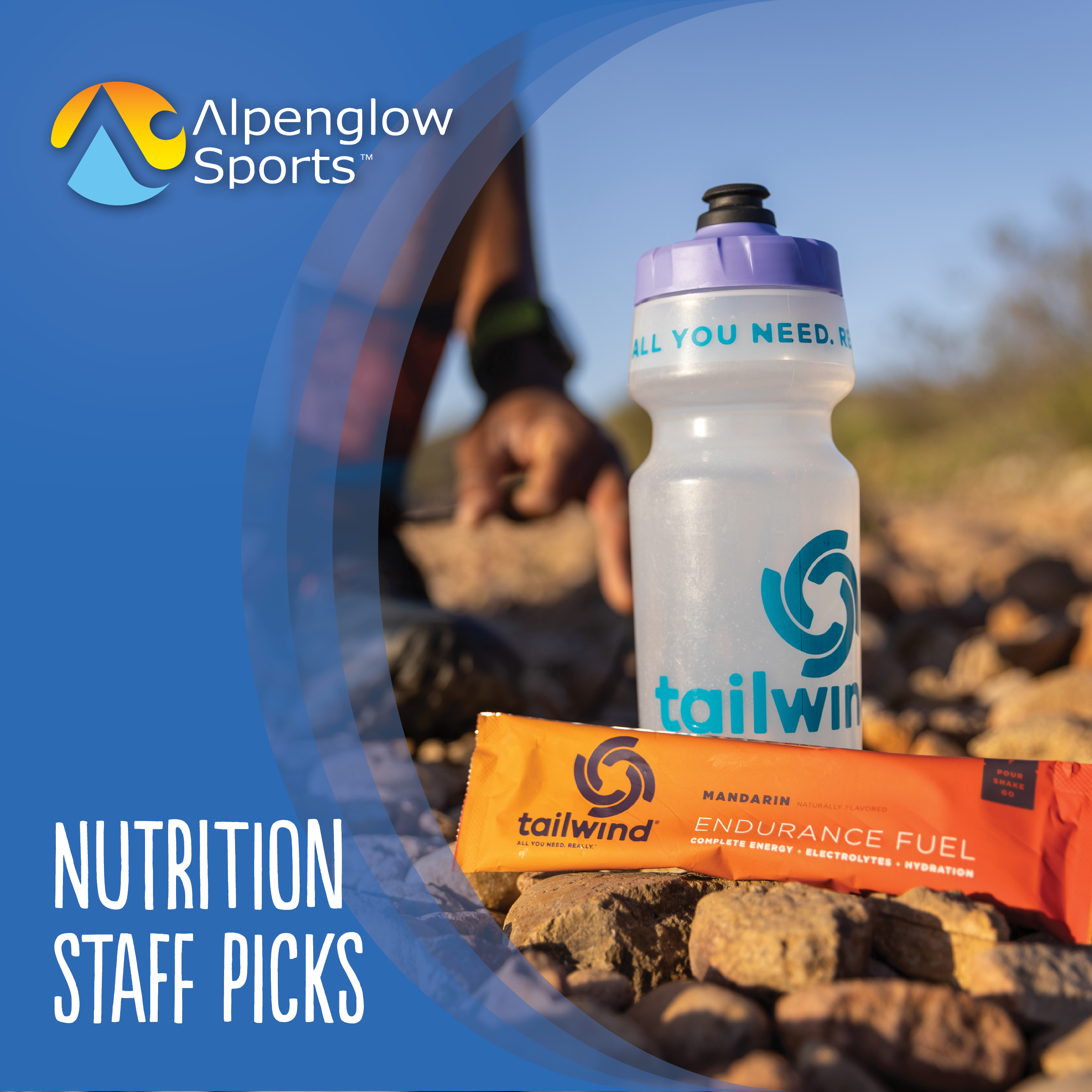
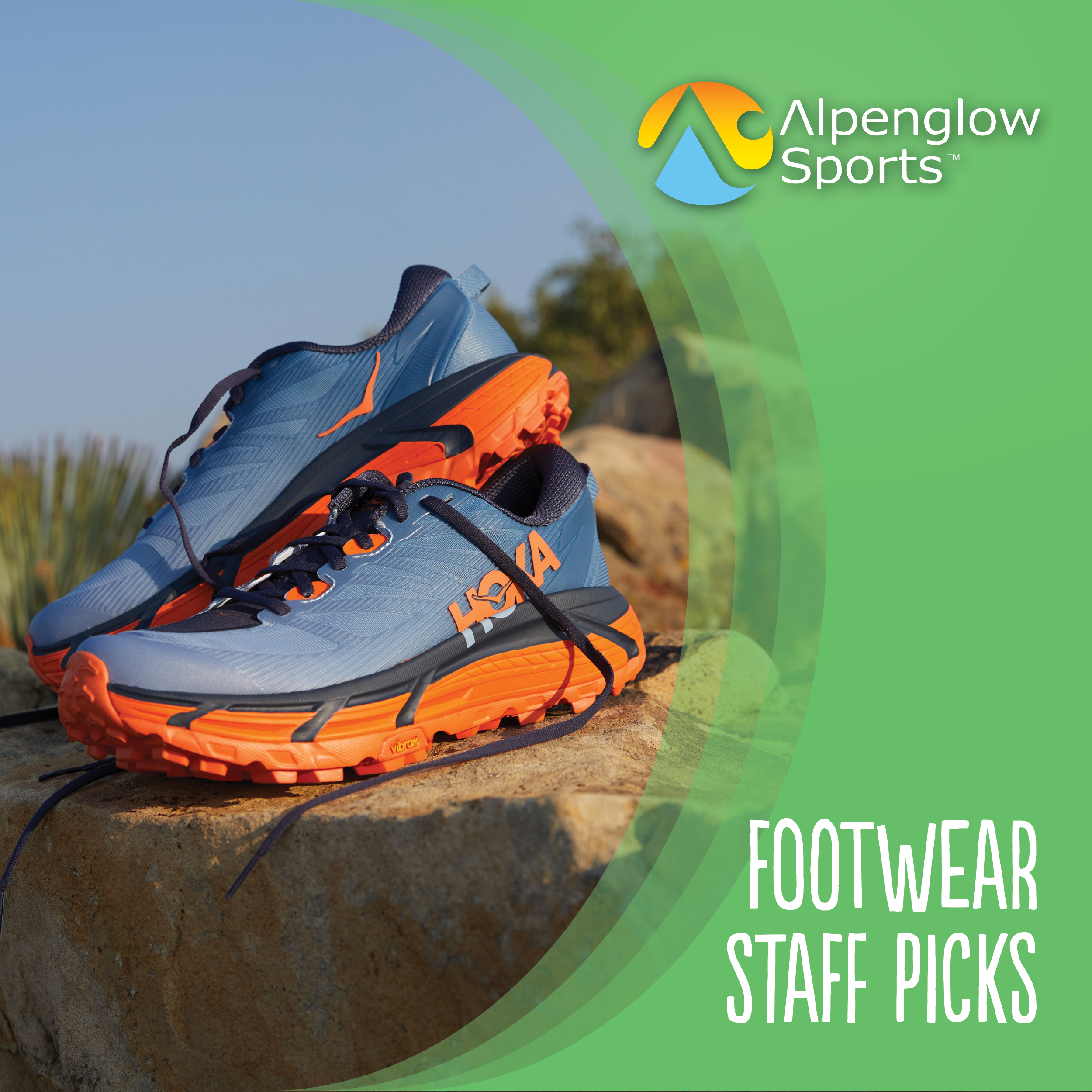
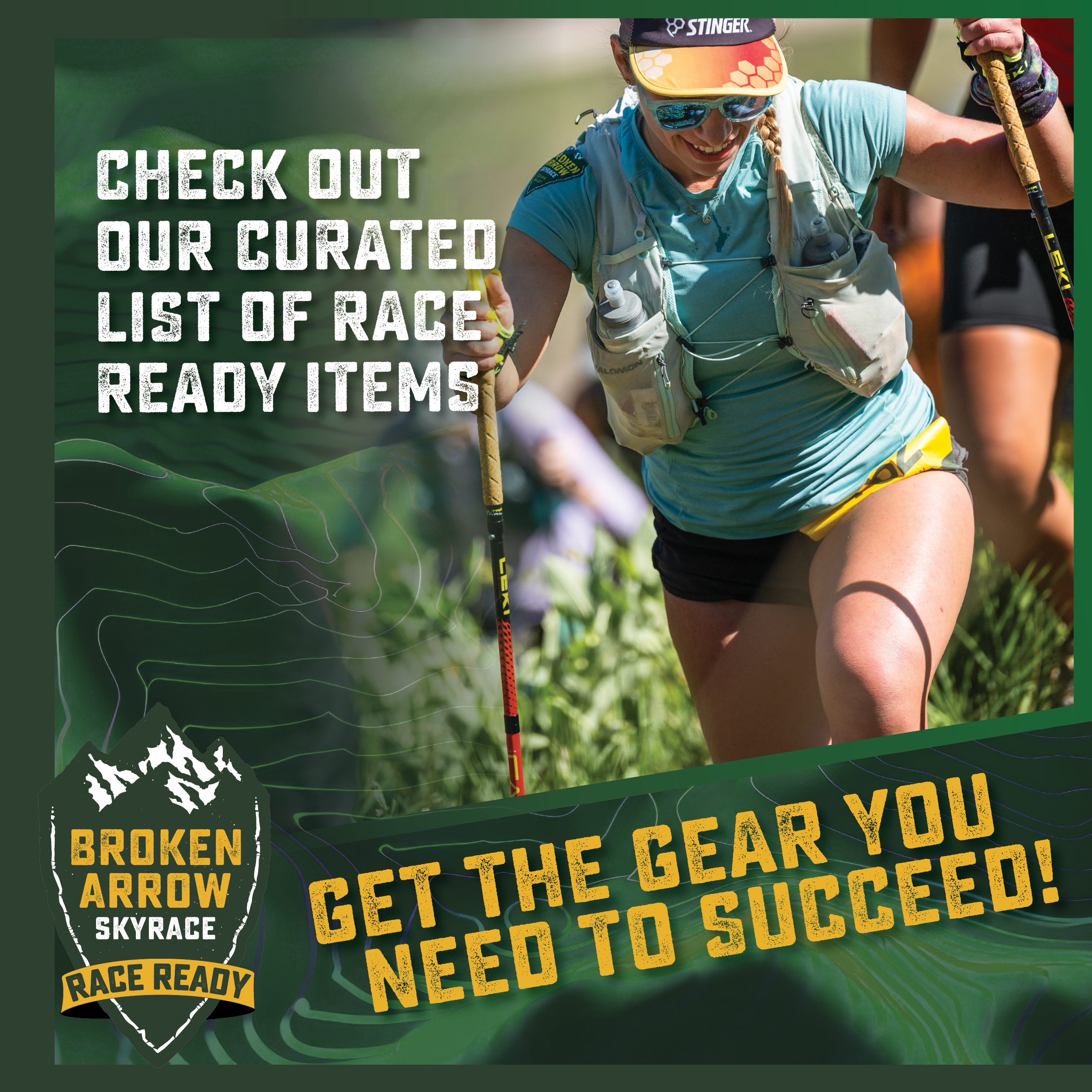
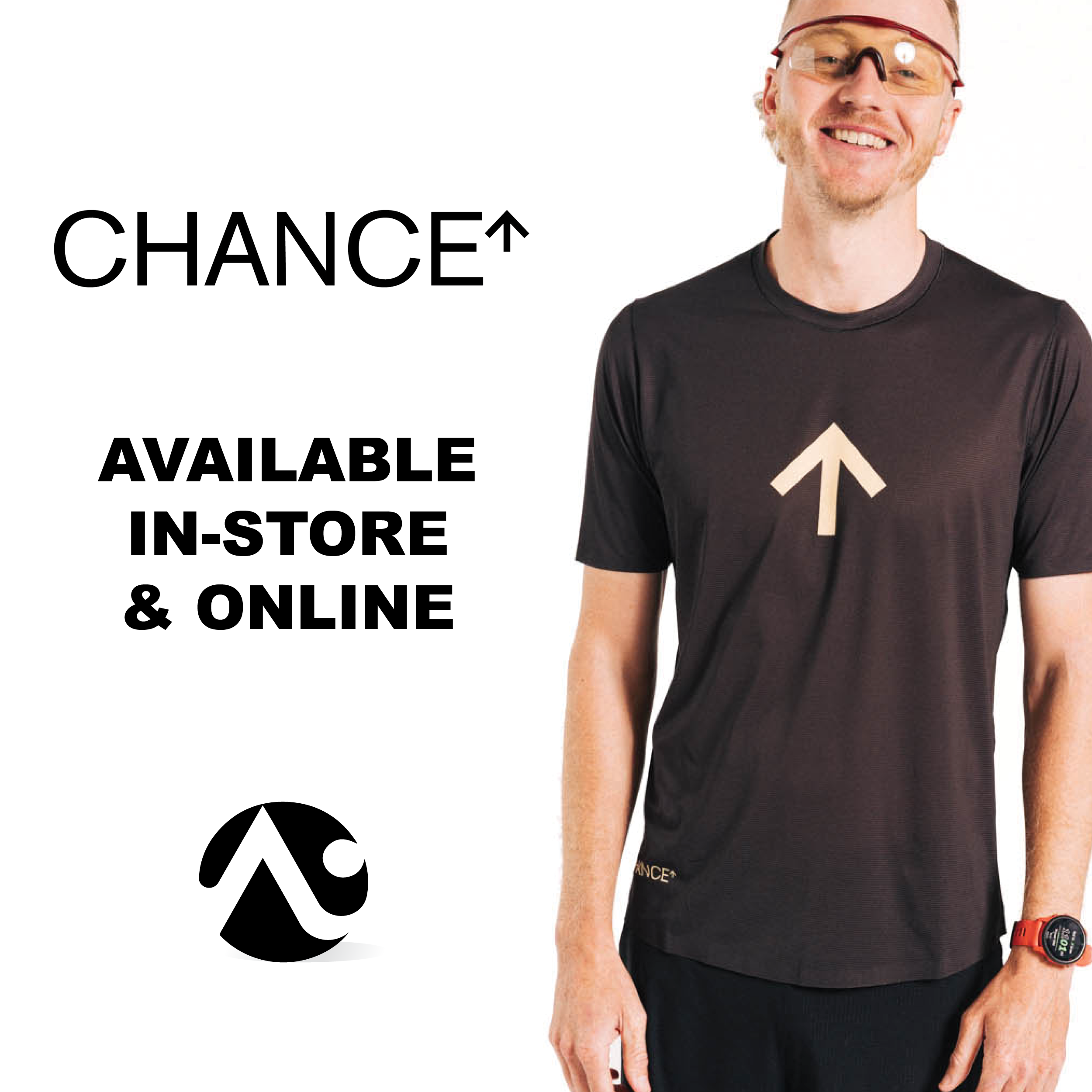

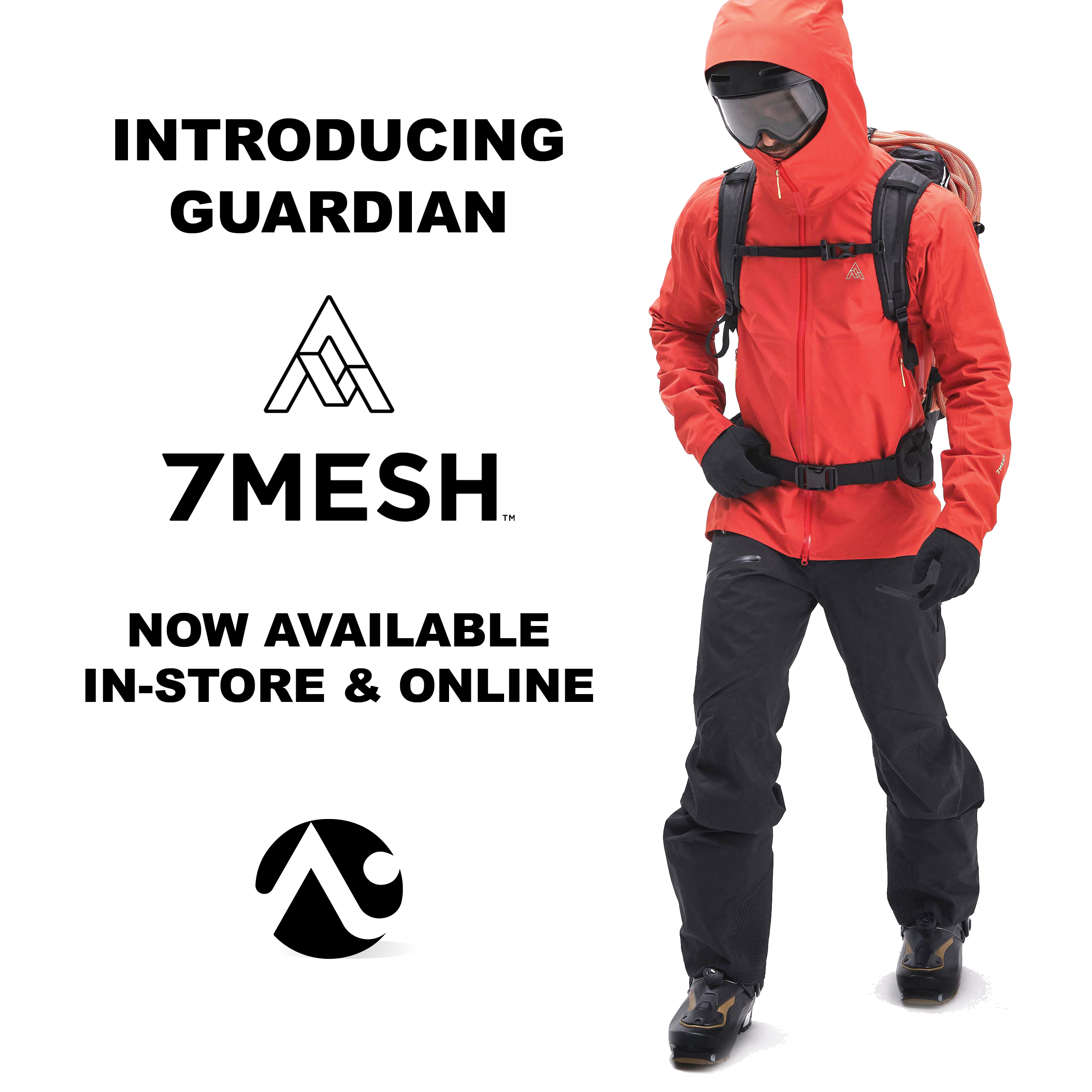
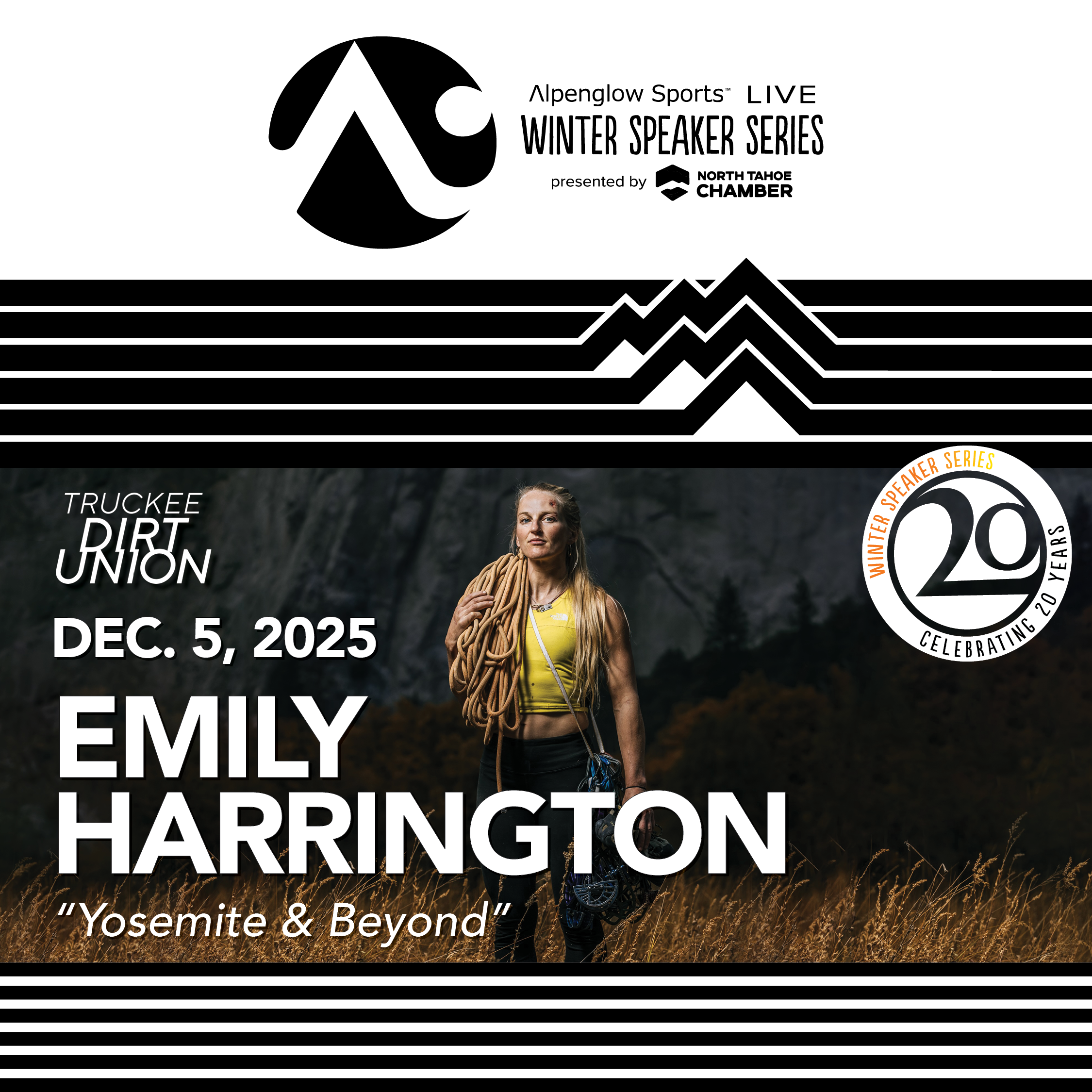
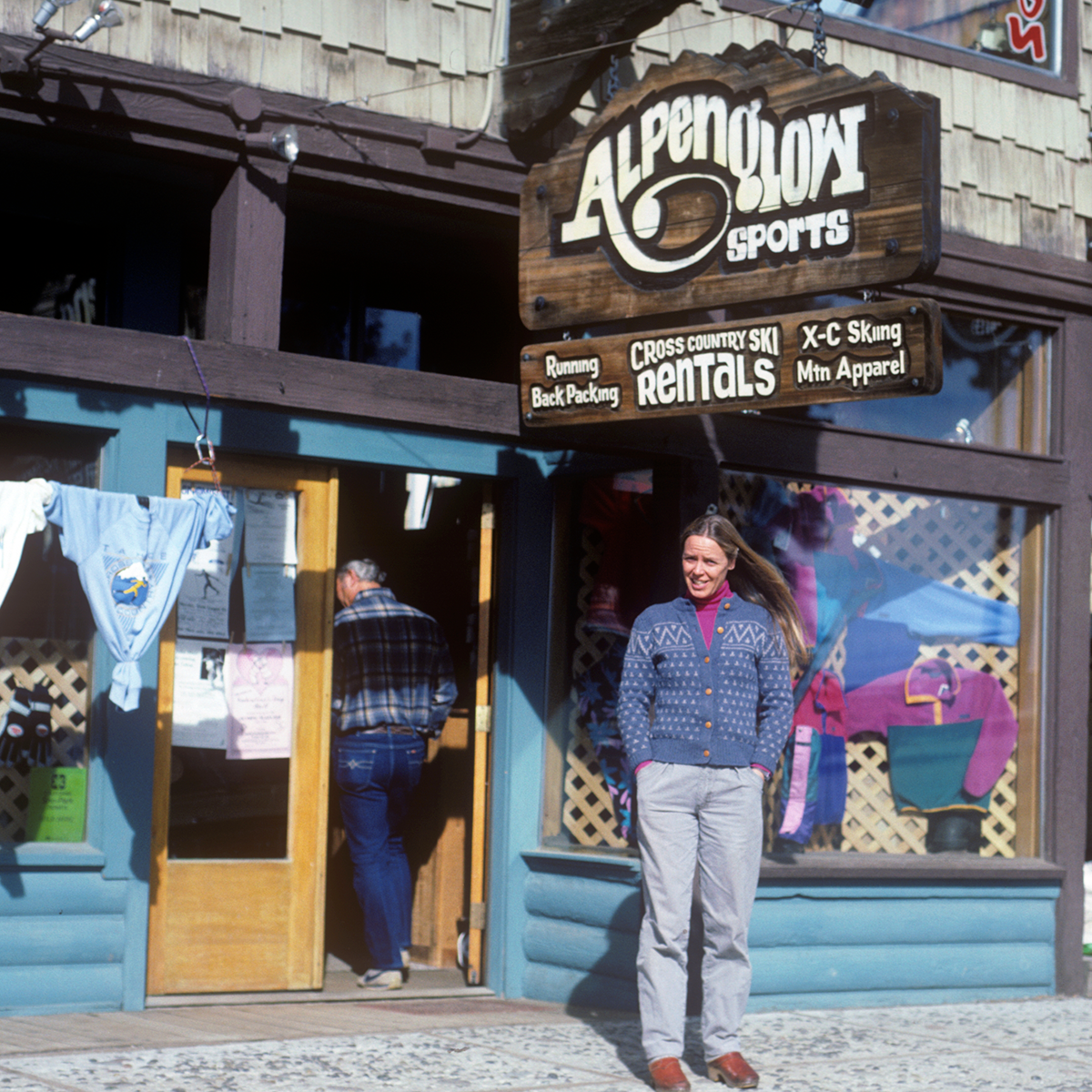
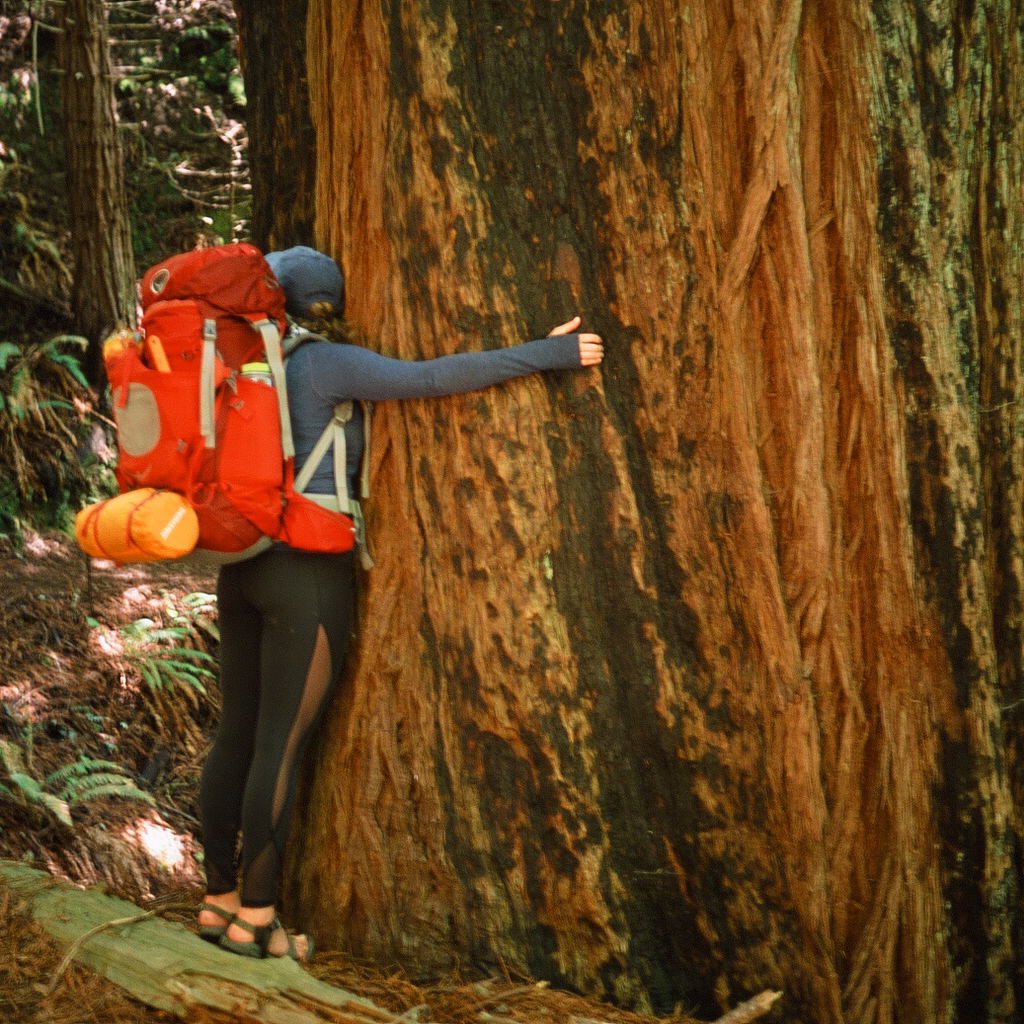



Leave a comment
This site is protected by hCaptcha and the hCaptcha Privacy Policy and Terms of Service apply.